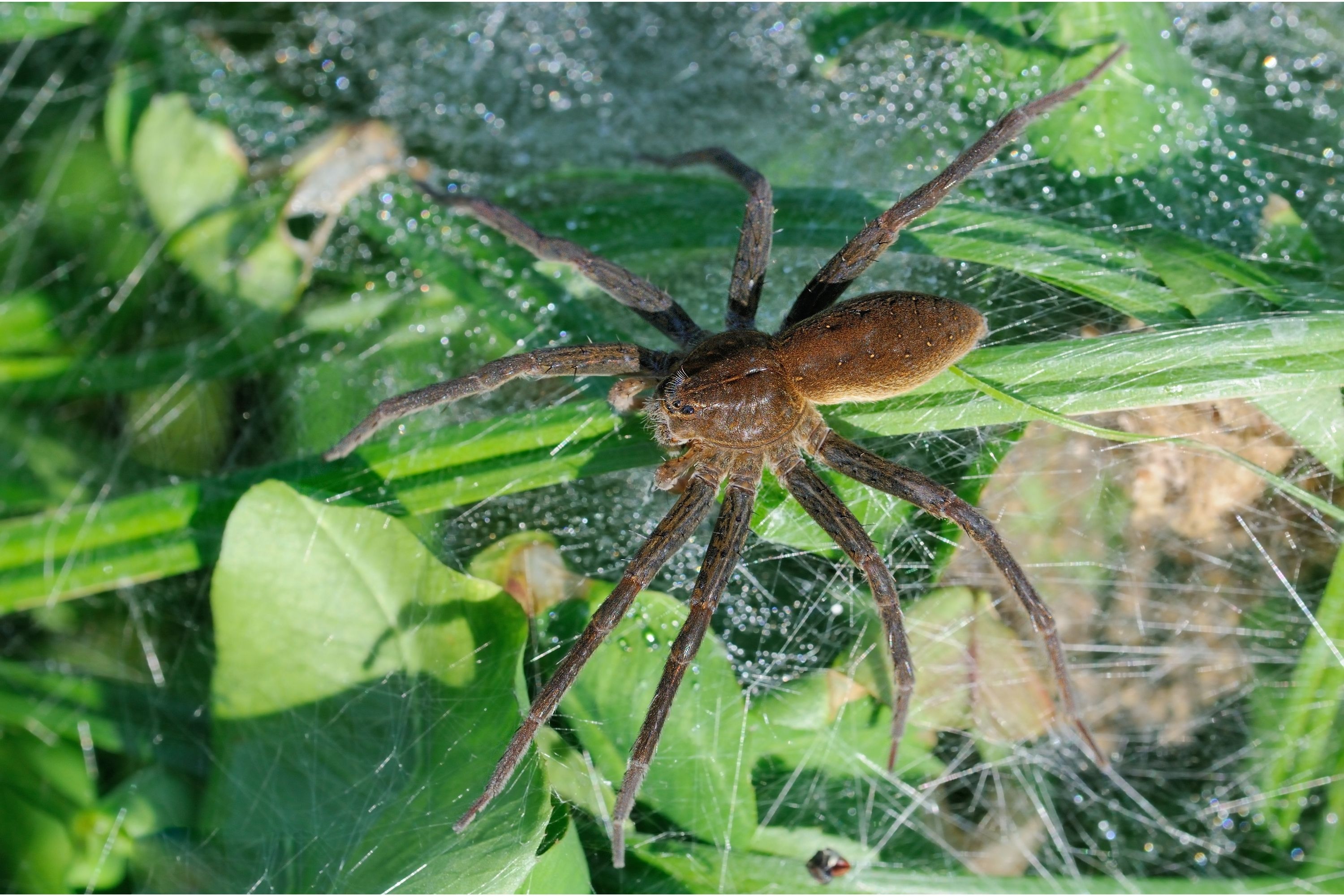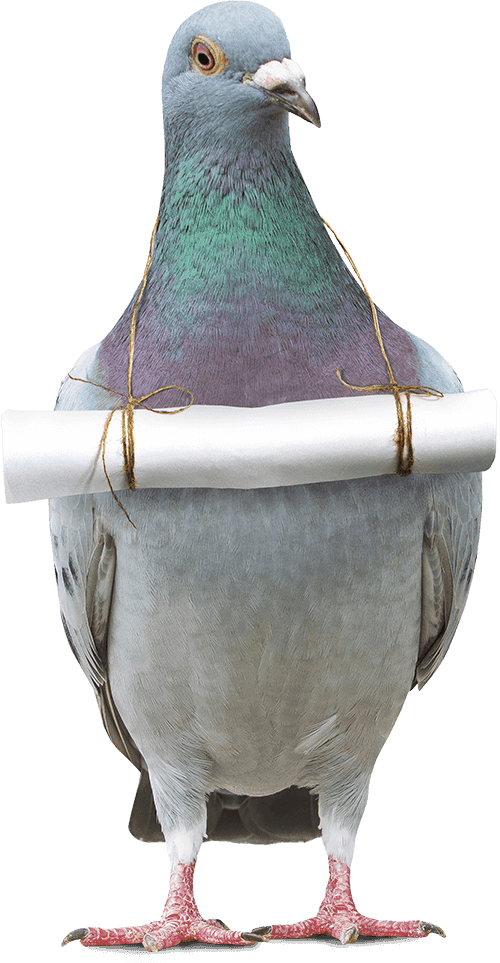Great raft spider
(Dolomedes plantarius)

Description
Dolomedes plantarius is a European species of spider in the family Pisauridae. Like other Dolomedes spiders, it is semiaquatic, hunting its prey on the surface of water. It occurs mainly in neutral to alkaline, unpolluted water of fens and grazing marsh. The species was first described by arachnologist Carl Alexander Clerck in 1757 as Araneus plantarius. Its genus was reclassified by Pierre André Latreille in 1804 to Dolomedes. The species has also been described under the name Aranea viridata by Müller and as Dolomedes riparius by Hahn.The species is currently recognised as Dolomedes plantarius and has two widely recognised common names; the great raft spider and the fen raft spider. D. plantarius is a large species within its range. Adult females can have bodies of slightly over 20mm in length with a span of 70mm including their legs. It is typically black or brown in colouration with white or cream stripes along the sides of the body. It is very similar in appearance to the closely related raft spider Dolomedes fimbriatus with which it is often misidentified. The great raft spider, as with most other Dolomedes species, is a semi-aquatic spider. It inhabits lowland fen and grazing marsh areas and is dependent on the presence of standing or slow moving neutral to alkaline water. Within these areas it can be found on the margins of pools or ditches. Emergent vegetation is highly important for use as perches for hunting and basking and to support nursery webs. As a warmth loving species they avoid areas where water surfaces are shaded.
Taxonomic tree:







